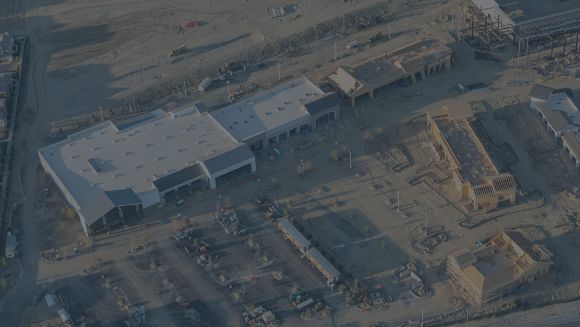2020 hit retailers and restaurants hard, and 2021 isn’t pulling any punches, either. Retailers of every size closed 12,000 stores last year—up from 10,000 the year before.
With so many vacancies in the marketplace and a long road to recovery, it’s important to realign your existing portfolio before you expand or relocate to new sites.
So how do you determine where your brand should invest your human and financial capital to spur growth and recover faster? In a recent webinar, Buxton discussed just that.
Know Your Potential
Potential is the name of the game. Identifying which of your locations aren’t meeting their full potential and why is an important first step when figuring out how to support and invest in stores.
Once you know the why, you can determine if a store is truly a poor performer and should be relocated, or if it’s simply underperforming and needs more support. For example, throwing marketing dollars or new management at a poor performer with poor potential likely won’t help, while it could make all the difference for a location with poor performance, but high potential.
Here are two types of potential to consider when evaluating your locations.
Customer Potential
A location’s customer potential is a good metric for separating stores with overall strong potential from those without. To do this, create customer profiles based on data.
Study individual customers going to your locations to understand demand in those areas. If you can, use more granular data—like behavioral or lifestyle data—to understand more than just the age, income, and ethnicity of your customers.
Once you determined who your most valuable customers are, it’ll be easy to see which locations have a high concentration of those types of consumers in their trade areas, and which ones don’t. That’s a great indicator of potential.
Performance Potential
Another way to examine potential is to compare your locations’ forecasted sales to their actual sales. If a store has high forecasted sales and high actual sales, great! If a store has low forecasted sales and low actual sales, that might be one to consider relocating or closing. But if one has high forecasted and low actual, or vice versa, those are ones to study more closely.
A data-driven portfolio audit, like the analysis offered by Buxton, can help pinpoint locations that aren’t meeting their potential, as well as outside factors that may be contributing to the discrepancies in their forecasted sales versus actual sales figures.
Potential Expansion
You’ve studied your portfolio and know which locations to support, and which to relocate. What’s the next step? While moving into vacancies caused by the pandemic can be a real temptation, there are important questions to consider beforehand.
Why is this site vacant?
Is the area highly competitive? Who was there previously? If it was a concept similar to yours or in your industry, why did it fail? It’s important to do your homework here to avoid expensive mistakes.
How does it compare to other sites?
Don’t forget to consider aspects like parking, signage, cotenants, and possible cannibalization when evaluating a new location.
It’s also crucial to know if enough of your best customers are in the trade area. Tools like Buxton’s Mobilytics can help you compare up-to-date visitor traffic at multiple sites so you can make smarter decisions.
The Bottom Line
To truly understand your opportunities, you must first understand your current situation. Combining analytics with traditional analyses to inform your decisions is the key to optimizing your portfolio for future success.
Want to learn more about how to audit your store portfolio effectively? Check out our blog or watch this recent webinar.


